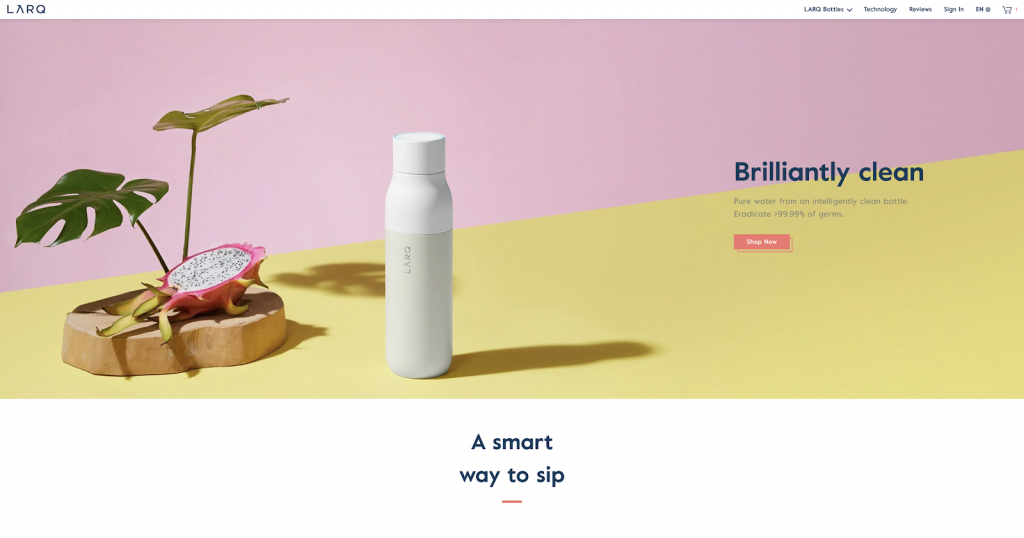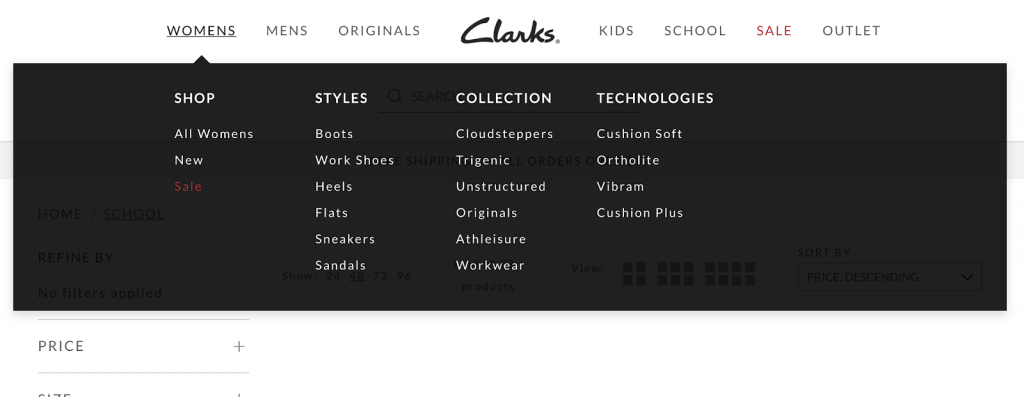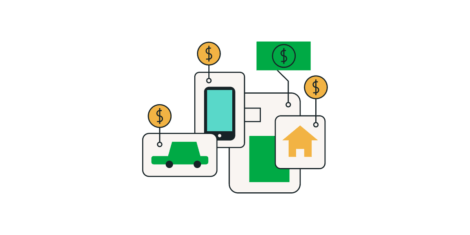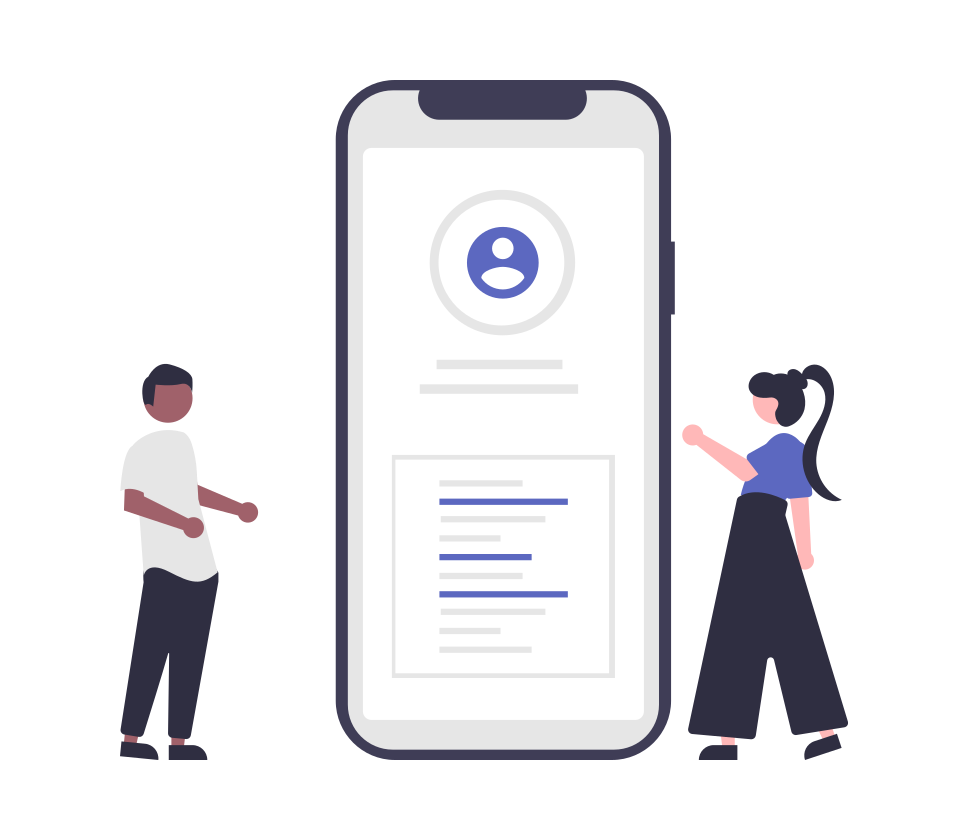Great fiction writers create characters that come alive. They add bits and pieces of personality like kindling, strike a match, and set the pile smoldering. At some point, the whole stack goes up in flames.
Stephen King describes this phenomenon in On Writing:
“I have never demanded of a set of characters that they do things my way. On the contrary, I want them to do things their way.”
What does this all have to do with e-commerce? Simple: You can use fiction writing techniques to create great buyer personas. The best buyer personas walk, talk, and practically breathe on their own. If they’re really well-written, you can envision them making decisions and optimize your marketing tactics to nudge their intentions into actions.
So, how do you create characters like that? First, you need information: specifically demographic and psychographic data. Then you use experience and imagination to weave facts into a fabricated personality. Voila — a buyer persona.
In this compact guide, we’ll show you how to create a buyer persona from start to finish. By the time you reach the final paragraph, you’ll know exactly how to enhance your marketing strategy.
What Exactly is a Buyer Persona?
Simply put, buyer personas are fictional customer profiles. They’re fun to create, and they make marketing and product development much easier. Why? Because buyer personas feel like a collection of real people. Marketing plans are much easier to create with tangible end users in mind.
If you sell a couple of different products (like Larq, for example), you might only create one or two consumer profiles.

If you have an extensive catalog (e.g. shoe merchant Clarks), you’ll probably need a larger number of profiles.

Like real people, your consumer profiles will change over time — and you’ll modify your marketing tactics to match.
Critical Parts of an E-Commerce Buyer Persona
To make them realistic, consumer personas need to include both quantitative and qualitative insights. Broadly speaking, buyer personas are based on two different things: demographics and psychographics. Let’s explore each category in more detail:
1. Demographics
Demographics are solid facts about your imaginary consumers. Essentially, they define who your consumers are — which boxes they’d tick on a human resources questionnaire. Demographic qualities include:
- Age
- Gender
- Income level
- Location
- Educational background
- Current career
- Level of technology use
Demographics create a structural framework for each consumer:
- “Sally Greenwell” is a 40-year-old female landscape gardener living in Oakland. She has a master’s degree and earns around $55,000 a year. She’s an Apple user with a smartphone, a tablet, and a laptop computer.
- “Nick Ford” is a 24-year-old male high school science teacher. He’s newly qualified and earns $29,500 a year. He prefers Android products and enjoys building computers in his spare time.
2. Psychographics
If customer demographics are a blank canvas; psychographics are the oil paint. You know who your customers are; here’s where you delve into why they buy what they buy. Think about what type of lifestyle they lead, what their opinions are, whether they have families to care for, and where they see themselves in five years, ten years, etc.
Psychographic details include:
- Reasons why a customer might need a certain product
- The customer’s interests, aspirations, and dreams
- The customer’s preferred method of communication
Psychographics are fun to think about — especially if you have a good imagination — but there is a limit. Make sure you include only relevant information: Sally the master gardener may have an obsession with chocolate-covered shortbread, but that’s only relevant information if you sell baked goods.
Steps to Develop Your Customer Personas
There aren’t any hard and fast rules about how simple or complicated you need to make consumer profiles, but they do need to reveal a clear picture of each character. As you write, think about:
- The behavioral drivers of each buyer: How did they find your business? What are their goals?
- Their obstacles to purchase: Do they have concerns about shopping online? How much disposable income do they have?
- Their general mindset: Is your buyer a bargain hunter? Do they value the finer things in life?
Buyer persona creation is quite subjective, but it depends on data. Here’s how to get real information to help you build great consumer profiles:
1. Conduct a Customer Survey
You can use a survey (or multiple surveys) to gain information from real people. Some companies use marketing firms to create surveys for them, but many entrepreneurs use online survey tools to create their own questionnaires. For best results, segment your target consumers into:
Existing Customers
Existing customers are people with prior sales histories on your site. You should have their email addresses on file, so you can send them email surveys to complete. To get as many bites as possible, consider sweetening the deal with a coupon code.
Site visitors
Site visitors who haven’t yet bought products are a valuable source of information. You can use cookies to target them with incentive-laden pop-ups or a “Hello Bar” at the top of your page: If they complete your survey, they get 10% off, for instance.
Consumers in your target market
People who’ve never visited — or never even heard of — your site but fall into your target market can also provide vital data. You can reach many of these consumers via social media platforms like Facebook or Instagram using targeted paid ads. Simply create a post on your company page with a link to a survey. Include a reason to click on the link — a prize draw, for example — and you’ll soon see some traffic.
As you write your survey, think about what type of information you need to build consumer profiles. Include questions that provide demographic and psychographic data:
- What is the consumer’s marital status?
- How old are they?
- Where do they live?
- What is their household income?
- Do they have children? If so, how many?
- Do they have a degree?
- Where did they grow up?
- Where do they want to retire?
- Do they have a dream profession?
People tend to overstate income and frequently bend the truth about financial issues, so if you decide to include money-related questions, adjust your results accordingly.
2. Interview Customers to Get a Feel for Psychographics
One-on-one interviews can help you gain real insight into consumer behavior. They can be quite expensive to set up, but they’re far more in-depth than questionnaires. Tête-à-tête telephone or Zoom meetings let you dive into subjects that aren’t covered on surveys, and they give consumers the chance to ask you questions, too.
To get started, have a look at your email lists to find suitable consumers. Then, get in touch with them to see if they’re interested in talking with you. Don’t forget disgruntled former customers — perhaps surprisingly, they often provide helpful feedback.
Here are five helpful interview tips:
- Email your interviewees a list of five questions you intend to ask them in advance.
- Your job is to listen, so let your subjects do most of the talking during interviews.
- Include two people on your interview panel: One asks questions, and the second takes notes.
- Ask interviewees about past behaviors first and potential future situations afterward.
- Ask subjects if they feel your prices are fair. What about your guarantee period? Do they have any ideas for your company?
3. Use Data From Store Analytics to Build a Case for Your Findings
Big data is your friend. Google Analytics collects a smorgasbord of information automatically, so if you have an account, now’s the time to raid your database. You’ll see what type of devices visitors use to access your site, roughly where they are, what age group they fall into, and more if you visit the Audiences tab on the Google Analytics website.
4. Create a Customer Persona
Now it’s time for a customer persona creation session. Using all the data you have, create a basic outline of three or four “dream customers.” Give your profiles nicknames — “Sally the Gardener,” “Nick the Teacher” — and attach a picture to make each character relatable.
You can use Word or Pages to create consumer profiles, or you can use a persona creator tool like Xtensio. Congratulations: You’re done!
Core Benefits of Having a Defined E-Commerce Buyer Persona
Defining your potential consumers can help you create targeted ads, segmented marketing plans, and brand new products. Here are a few other ways customer personas make businesses more successful:
1. Understand Where Customers Spend Their Time
If you know your customers, you can probably predict where they spend time online. You can use this information to buy ad space on specific websites and form affiliate relationships with bloggers and social media influencers. People are far more likely to buy products if they’re featured on familiar platforms.
2. Better Leads
Five great leads are better than 100 poor leads. You probably have a fixed marketing budget: Would you rather spend it on a poorly performing catch-all marketing scheme or a targeted sales funnel? Ads and lead-nurturing emails created for specific buyer personas lead to a greater number of conversions than broader marketing strategies.
3. Enhanced Product Development
Buyer personas help you scale your business. When you know what your buyers want, you can create products that please them — and you can add useful features to existing products. Personalized connections are the key to long-lasting customer relationships, so pass your buyer personas on to your product development team, too.
Conclusion
Well-written consumer profiles help you see things from a potential customer’s point of view. You already know your own mind; now you can jump into someone else’s head. If you know they want to learn more about a particular topic, you can create appropriate content for your site. Leveraging a deep understanding of each buyer persona, you can create highly effective sales funnels and targeted advertisements that boost your customer engagement and your business’s bottom line.




